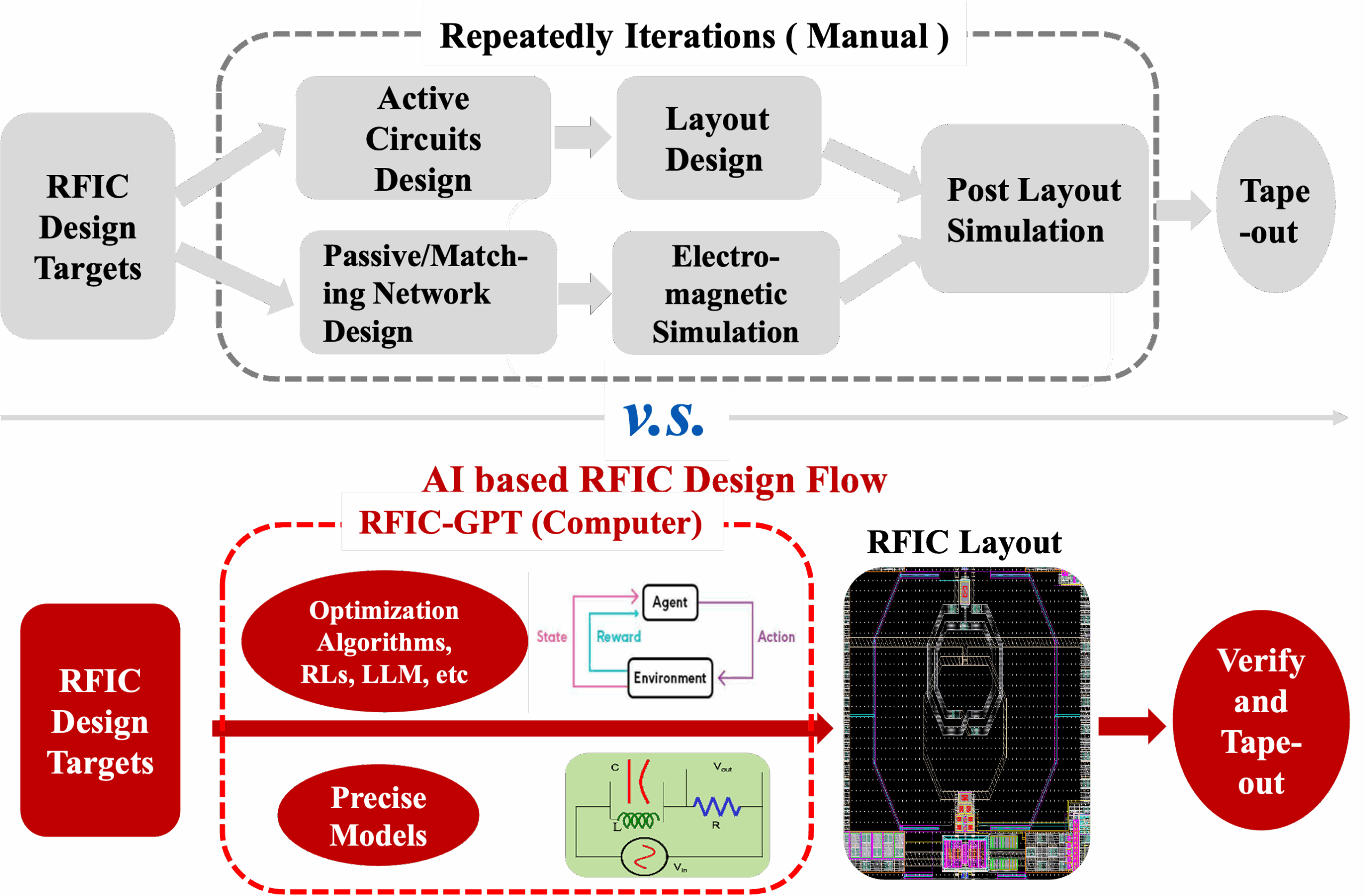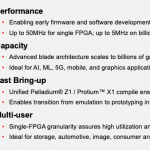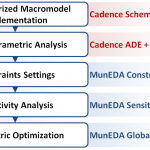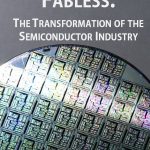Monday afternoon at #56DAC I enjoyed attending a luncheon panel discussion from four AMS experts and moderator, Prof. Georges Gielen, KU Leuven. I follow all things SPICE and this seemed like a great place to get a front-row seat about the challenges that only a SPICE circuit simulator can address. Here’s a brief introduction… Read More
 MZ Technologies Launches Advanced Packaging Design Video SeriesIn a significant move aimed at empowering semiconductor…Read More
MZ Technologies Launches Advanced Packaging Design Video SeriesIn a significant move aimed at empowering semiconductor…Read More Superhuman AI for Design Verification, Delivered at ScaleThere is a new breed of EDA emerging.…Read More
Superhuman AI for Design Verification, Delivered at ScaleThere is a new breed of EDA emerging.…Read More The Quantum Threat: Why Industrial Control Systems Must Be Ready and How PQShield Is Leading the DefenseIndustrial control systems (ICS) underpin the world’s most…Read More
The Quantum Threat: Why Industrial Control Systems Must Be Ready and How PQShield Is Leading the DefenseIndustrial control systems (ICS) underpin the world’s most…Read More Radio Frequency Integrated Circuits (RFICs) Generated by AI Based Design AutomationBy Jason Liu, RFIC-GPT Inc. Radio frequency integrated…Read More
Radio Frequency Integrated Circuits (RFICs) Generated by AI Based Design AutomationBy Jason Liu, RFIC-GPT Inc. Radio frequency integrated…Read MoreCadence Releases Enterprise-Level FPGA Prototyping
Big prototyping hardware is essential to modern firmware and software development for pre-silicon, multi-billion gate hardware. For hardware verification it complements emulation, running fast enough for realistic testing on big software loads while still allowing fast-switch to emulation for more detailed debug where… Read More
2020 57thDAC to Co-Locate with SEMICON West!
Probably the most interesting news out of 56thDAC thus far is the announcement that in 2020 and 2021 DAC will co-locate with SEMICON West. It’s great news really since this is something that has been discussed over the years but has been deadlocked due to “failed negotiations”. Unfortunately, simple logic goes out the window with… Read More
Parallel SPICE Circuit Simulator Debuts
In EDA the most successful companies will often re-write their software tools in order to add new features, improve accuracy, increase capacity and of course, shorten run times. For SPICE circuit simulators we typically look at several factors to see if a new tool is worth a look or not:
- Netlist compatibility
- Model support
- Foundry
A Practical Approach to Modeling ESD Protection Devices for Circuit Simulation
Lurking inside of every Mosfet is a parasitic bipolar junction transistor (BJT). Of course, in normal circuit operation the BJT does not play a role in the device operation. Accordingly, SPICE models for Mosfets do not behave well when the BJT is triggered. However, these models work just fine for most purposes. The one important… Read More
The Genius Sperm Bank
The “20 Questions with John East” series continues
How did it happen? How did Fairchild transform over a decade into the “off with their heads” culture? To understand that, you need to know a little about the William Shockley story. William Shockley was born in London in 1910. He moved to Silicon Valley when he was 3. Of course,… Read More
Needham is Upbeat about EDA and IP Growth at #56DAC
It’s Sunday afternoon and I just attended the annual Needham presentation at #56DAC in sunny Las Vegas, where Rich Valera shared an upbeat view of EDA and IP growth. Here are the five drivers of this growth:
- IoT
- Automotive
- Webscale/FAANGs
- AI/ML
- China
For the IoT market they’ve seen a CAGR of 8.6% to $8.2B in 2018, projected… Read More
In Their Own Words: TSMC and Open Innovation Platform
TSMC, the largest and most influential pure-play foundry, has many fascinating stories to tell. In this section, TSMC covers some of their basic history, and explains how creating an ecosystem of partners has been key to their success, and to the growth of the semiconductor industry.
The history of TSMC and its Open Innovation … Read More
In Their Own Words: eSilicon Corporation
eSilicon was one of the first companies to focus on making the benefits of the fabless semiconductor movement available to a broader range of customers and markets. The company is credited with the creation of the fabless ASIC model. In this section, eSilicon shares some of its history and provides its view of the ever-changing … Read More
Ten Things to see @ 56th DAC!
New products always take precedence since EDA is a “mature” market. I have inside knowledge on this one so I can tell you it is not to be missed. Coincidently, but not really, a related white paper was just published so if you are not going to 56thDAC you can still get a virtual briefing. If you are going to DAC be sure and stop by the Fractal… Read More











Quantum Computing Technologies and Challenges